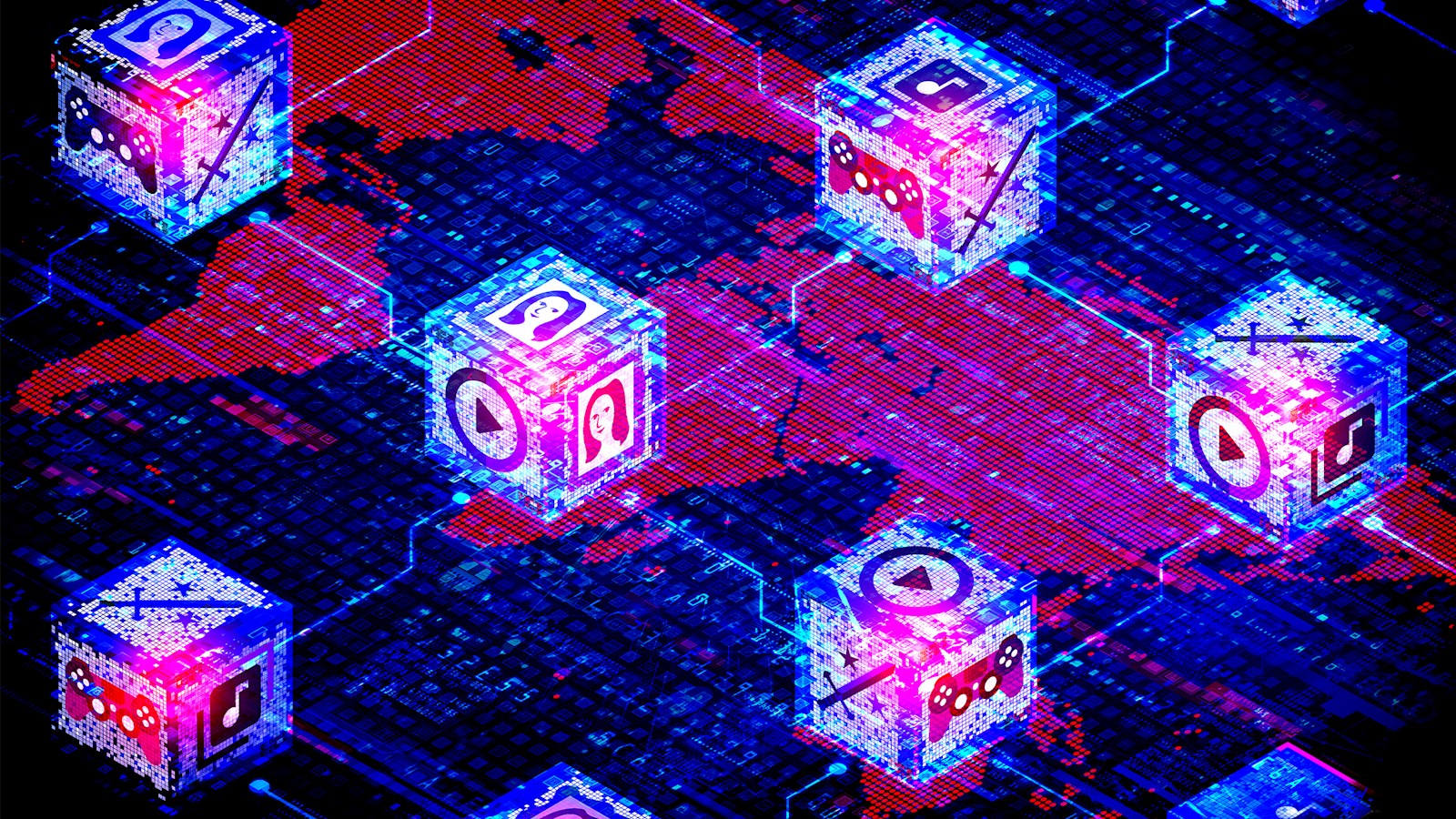
Beyond the hype: six practical NFT use cases
Potential ways brands can incorporate Non-Fungible Tokens (NFTs) into their consumer offerings
Normally, there is a multi-year hype cycle from when the next big thing in tech is announced to when it reaches mainstream adoption. But this hasn’t been the case for Non-Fungible Tokens aka NFTs.
Starting in mid-2020, NFTs went from a vague concept that few knew about to a full-on craze. Nothing exemplified this more than the spring 2021 Christie’s auction of a jpg by digital artist Beeple which sold for a staggering $69,346,250.
While that type of buying frenzy is not sustainable, many brands are already experimenting with NFTs. Rather than the value of any single digital asset, it’s the underlying structure of these digital tokens that make them viable for a number of uses in digital commerce.
NFTs leverage the same blockchain technology that powers the Ethereum cryptocurrency. So, while an NFT can be virtually any type of digital asset, every NFT transaction is verified on a permanent ledger containing every other NFT transaction.
As importantly, from a mass adoption standpoint, the ways to buy and sell NFTs is expanding from specialised exchanges to mainstream platforms. So, the potential use cases for NFTs are numerous and compelling.
Product authentication
Counterfeit products have long been an issue for every marketplace that allows third-party sellers. The problem has reached such an extent that global brands like Nike have pulled their products from marketplaces altogether.
NFTs offer a solution to this problem, allowing any brand or retailer to provide a digital certificate of authenticity for each and every product sold, tied to the existing SKU-level UPC or serial number.
This has the potential to remove counterfeit merchandise from the legitimate market, while boosting consumer confidence and trust with the brand or seller. And for certain product categories, the digital certificate can continue to provide value, as products are resold on secondary markets.
Lookbooks
Lookbooks have long been a standard in the fashion industry, but their value beyond brand positioning is questionable. Brands with loyal followings can now turn their lookbooks into entirely new revenue streams.
Lookbooks can be morphed into a variant where fashionistas can own digital photos featured in the photoshoot, or even sketches or digital prototypes of the garments themselves.
Nike received a patent for cryptokickcs which can allow sneakerheads to track ownership of their physical shoe collections. This also allows individuals to breed or morph digital footwear to create new one-of-a kind iterations, which can then be made by Nike into a bespoke pair of shoes.
Product warranty
Goodbye annoying warranty cards. Nearly all manufacturers have some type of product warranty, but customer activation, via mail-in or online forms, is historically poor. NFTs can easily simplify this process.
Through digital commerce channels all pertinent information is captured at the point of purchase, so it’s simply a matter of integrating warranty information as part of the order confirmation process. This spans a wide range of product categories, from consumer electronics to industrial parts and equipment, making this a use case for NFTs that has both B2C and B2B applications.
Digital exclusives
As part of Shopify’s rollout of NFT transactions, the Chicago Bulls debuted an NFT offering of limited edition digital champion rings, which almost immediately sold out. While certainly not applicable to all industries, the ability to create exclusive digital products can open up new revenue streams, while engaging customers and providing instant gratification through digital delivery.
Music, video gaming, travel, luxury brands and others can all tap into this opportunity. The key will be tightly controlling supply vs demand, so as not to dilute the offering and the brand itself.
Loyalty programmes
Building on the concept of digital exclusives, brands can incorporate NFTs to make their loyalty programmes more interactive, engaging and, because the ledger is built on blockchain technology, 100% trackable and less open to fraud.
NFTs can be issued in lieu of points, stars or other counting mechanisms and used to trigger rewards within a loyalty programme. Gamification can be introduced to add another layer of interactivity.
The programme can be tracked across sales channels to reward customers wherever they purchase a product. Exchanging NFTs for products or in-person experiences adds another dimension to loyalty programmes, beyond the typical spend X to get Y promotions.
User-generated content (UGC)
What better way is there for a brand to engage their audience than turning their customers into creators? NFTs can take user-generated content beyond the product review or tagged social post. This opens up numerous ways for brands to connect with their fans, and in turn for fans to connect with brands in new and interesting ways. Think fan-fiction for the digital commerce world. The possibilities are only limited by imagination.
published on
10 March 2022
Category
More in Technology & data

WPP puts itself at the heart of collaborative 3D worlds
Pixar's 3D animation file format – USD – is the invisible building block of our digital 3D future.

A clarion call for AI, accessibility & advertising
Innovating at the intersection of AI, accessibility, and advertising

AI and health: a delicate balance
Healthcare marketing is in a category of its own and there’s a delicate balance to be struck between AI and human connection

